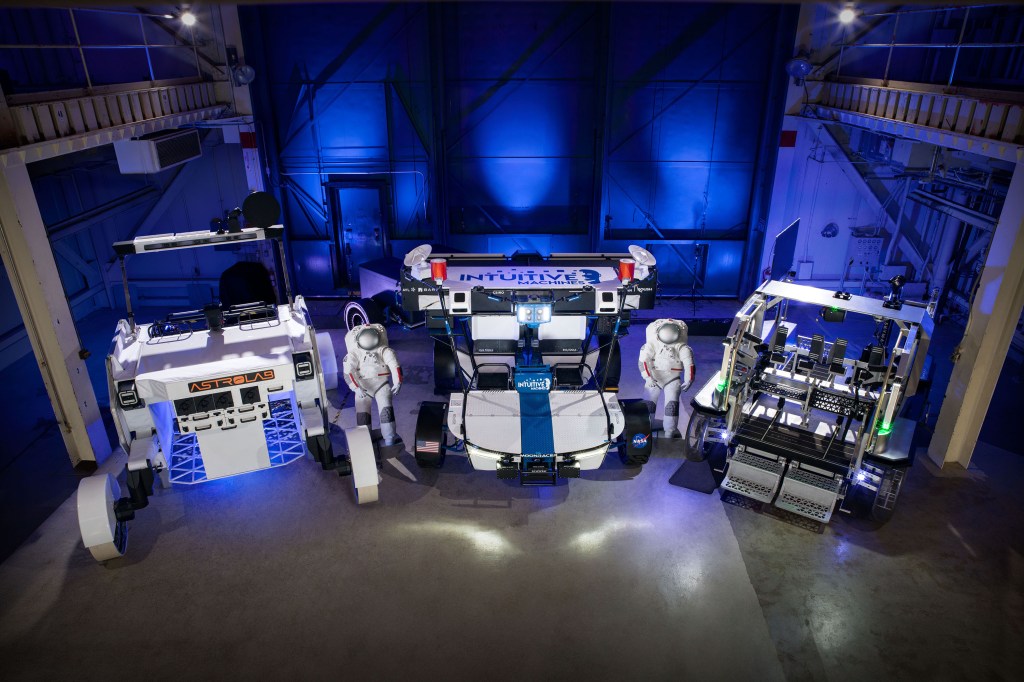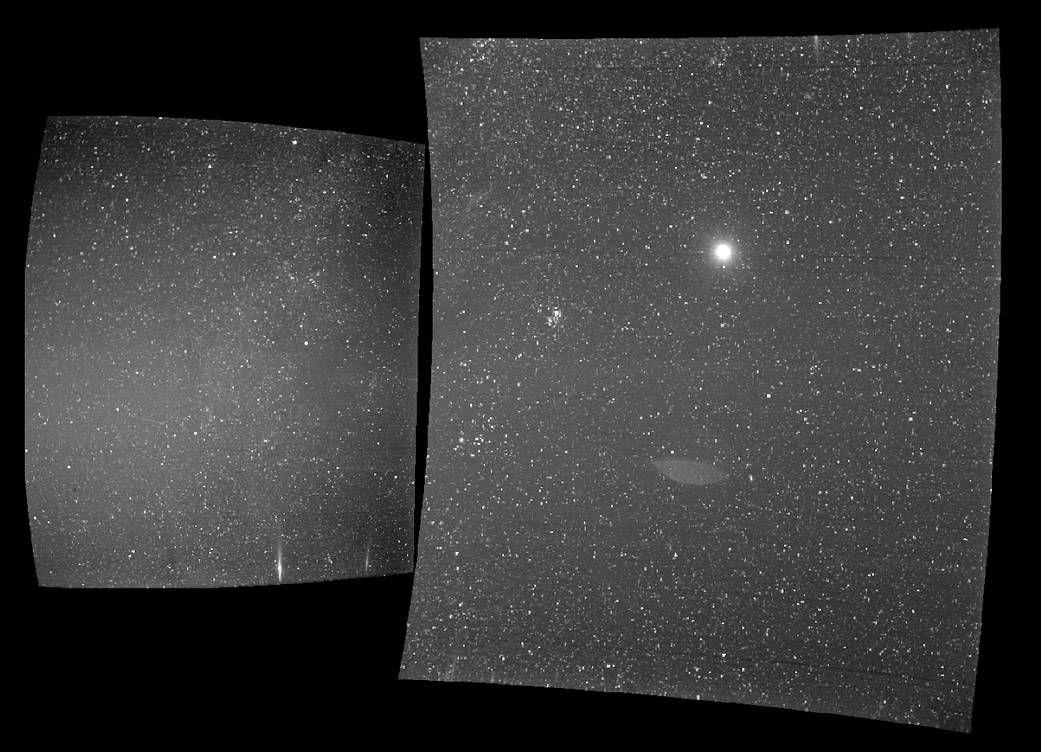On Sept. 25, 2018, Parker Solar Probe captured a view of Earth as it sped toward the first Venus gravity assist of the mission. Earth is the bright, round object visible in the right side of this image, taken by Parker Solar Probe’s Wide-field Imager for Solar Probe (WISPR) instrument. The elongated mark toward the bottom of the panel is a lens reflection from the WISPR instrument.
In order to unlock the mysteries of the Sun’s atmosphere, Parker Solar Probe will use Venus’ gravity during seven flybys over nearly seven years to gradually bring its orbit closer to the Sun. The spacecraft will fly through the Sun’s atmosphere as close as 3.8 million miles to our star’s surface, well within the orbit of Mercury and more than seven times closer than any spacecraft has come before. The primary science goals for the mission are to trace how energy and heat move through the solar corona and to explore what accelerates the solar wind as well as solar energetic particles.
Image Credit: NASA/Naval Research Laboratory/Parker Solar Probe





























